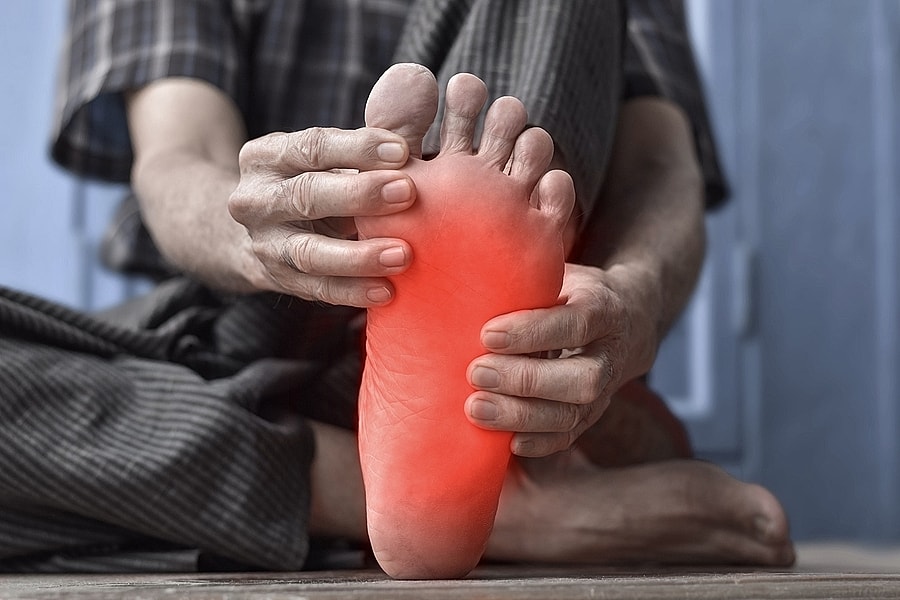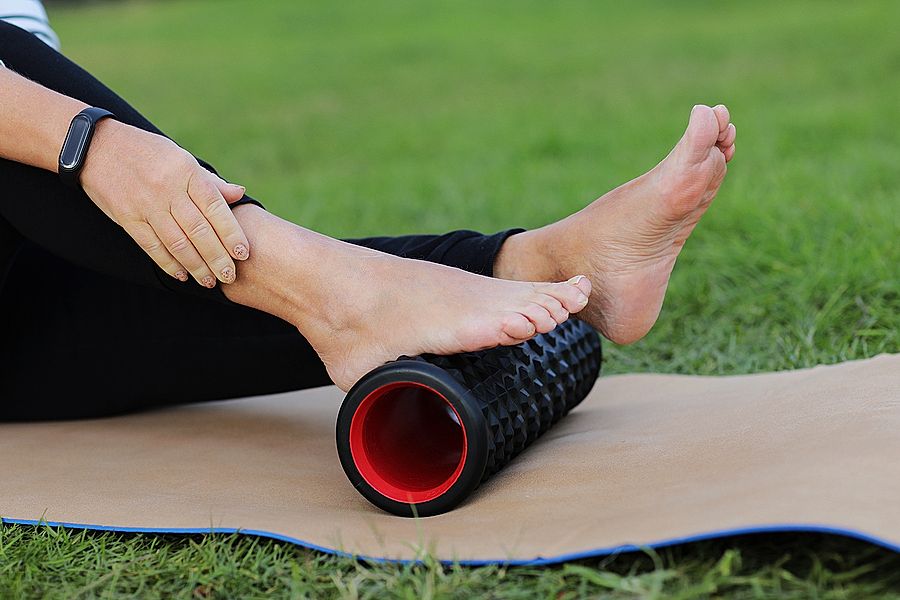
Millions of people worldwide are affected by sciatica, resulting in discomfort, numbness, and tingling in the lower back and legs. However, some of my patients dealing with sciatica are also experiencing sciatica foot pain and didn't realize the two were related.
Sciatica is a condition caused by compression or irritation of the sciatic nerve. This nerve is the longest nerve in the body, running from the lower back down through the hips, buttocks, and legs. The most common symptom of sciatica is pain that radiates down the back of the leg, often to the foot. This pain is usually caused by a herniated disc, spinal stenosis, or other conditions that put pressure on the nerve.
While the pain associated with sciatica is typically felt in the lower back and legs, it can also affect the feet. Some common symptoms of foot involvement in sciatica include:
The location of the nerve compression: Depending on where the sciatic nerve is compressed or irritated, the symptoms may be felt in different areas of the leg and foot.
The severity of the compression: The more severe the compression or irritation of the sciatic nerve, the more likely it is that foot symptoms will develop.
Individual anatomy: The way in which the sciatic nerve is positioned in the body can also play a role in whether foot symptoms develop.
Pain medication: Over-the-counter pain medication, such as acetaminophen or nonsteroidal anti-inflammatory drugs (NSAIDs), can help reduce pain and inflammation.
Physical therapy: Physical therapy can help improve range of motion, strengthen the muscles in the affected area, and reduce pain and stiffness.
Steroid injections: In some cases, steroid injections may be recommended to help reduce inflammation and relieve pain.
Surgery: In severe cases of sciatica with foot symptoms, surgery may be necessary to relieve the compression or irritation of the sciatic nerve.

While it may not be possible to prevent sciatica entirely, there are several steps you can take to reduce your risk of developing sciatica foot pain.
Maintaining good posture: Keeping your back straight and avoiding slouching or hunching can help reduce the risk of sciatic nerve compression.
Staying active: Regular exercise can help keep the muscles and joints in the back and legs healthy, reducing the risk of developing sciatica.
Stretching: Stretching the muscles in the back, legs, and feet can help improve flexibility and reduce the risk of nerve compression.
Proper form during exercise: If you engage in activities that involve the back and legs, such as weightlifting or running, make sure to use proper form to reduce the risk of injury.
In addition to these preventative measures, it is important to seek treatment promptly if you are experiencing symptoms of sciatica with foot involvement. Delaying treatment can lead to further nerve damage and more severe symptoms, which can be more difficult to manage.
Living with sciatica foot pain can be challenging, as they can impact your ability to walk, stand, and perform everyday activities. It is important to take steps to manage your symptoms and maintain your mobility and independence.
Supportive footwear: Wearing shoes with good arch support and cushioning can help reduce the impact of walking and standing on the feet.
Taking breaks: If you must stand or walk for extended periods, take breaks to sit and rest your feet.
Heat or ice therapy: Applying heat or ice to the affected area can help reduce pain and inflammation.
Seeking support: Talking to friends, family, or a healthcare professional can provide emotional support and practical advice for managing your symptoms.

As a highly accredited medical professional with over 20 years of experience in treating spinal conditions, I am committed to educating my patients and providing personalized treatment plans that reduce pain, increase mobility, and improve their overall quality of life.
If you're experiencing spinal issues that are causing a decrease in your quality of life, I encourage you to contact us to schedule a consultation today. My team and I are dedicated to providing expert care and support and have extensive experience with sciatica foot pain. With our personalized approach to care and commitment to patient education, we believe that we can provide you with the best possible care for your spinal condition and help you live life to the fullest.